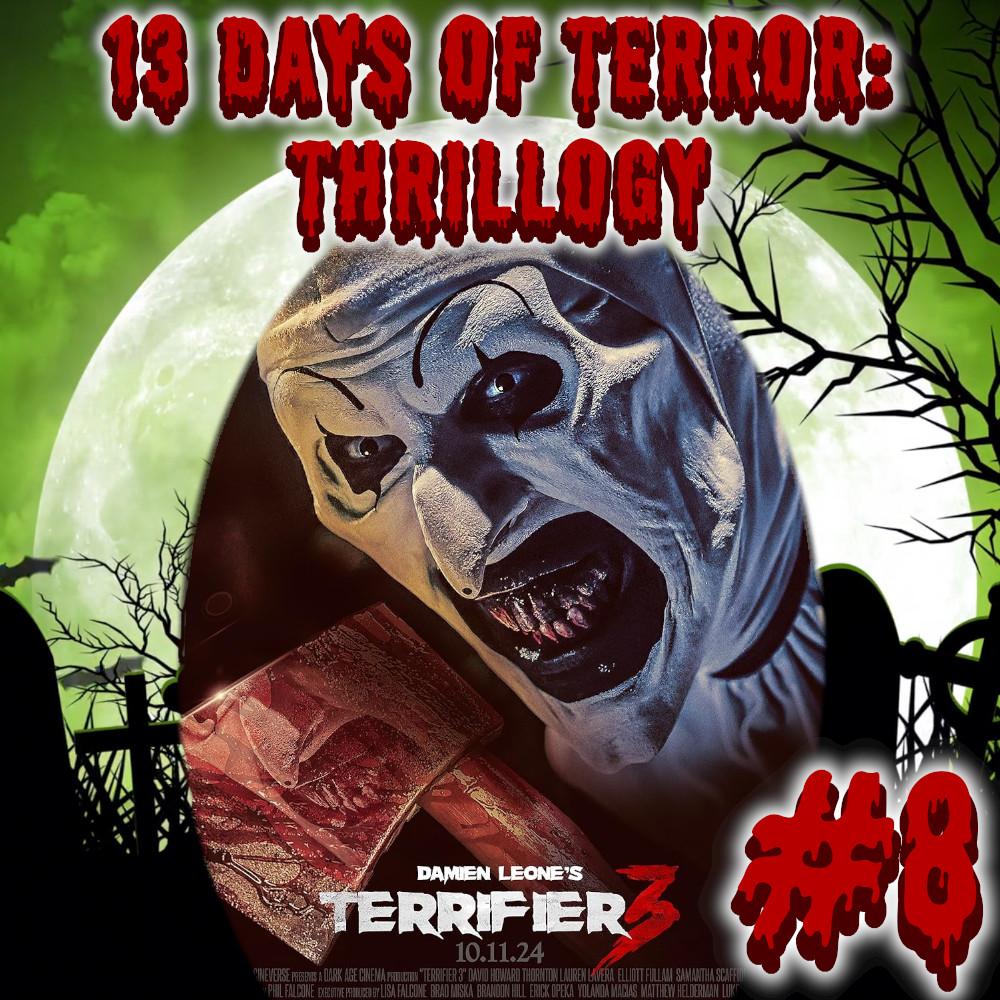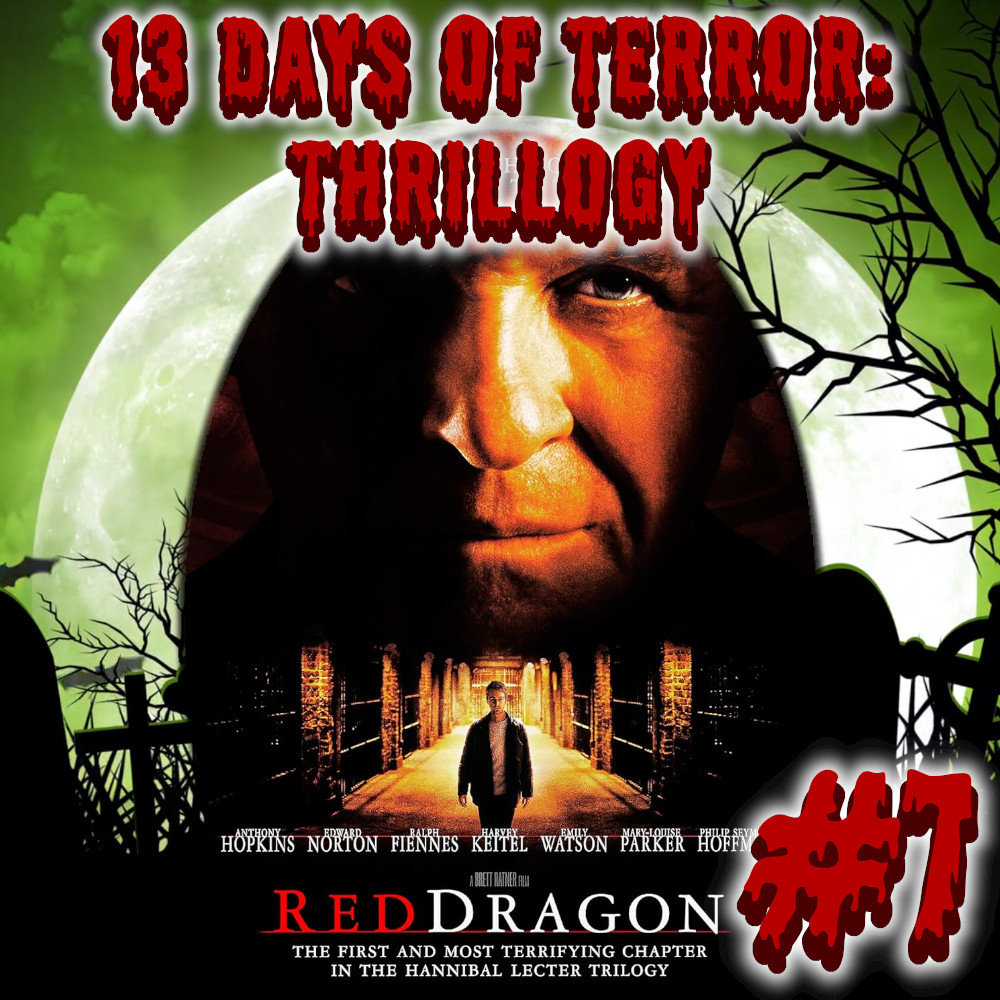
Godzilla carries a strong fan-base who can be difficult to impress, but they can’t be blamed due to the route the franchise has taken. I myself grew up loving Godzilla. My cousins and I would watch the Japanese versions tearing through the model sized towns destroying all in its way. My interest in the giant slowed down after the release of Godzilla in 1998, and by slow down, I mean almost stop completely. Maybe I was starting to get old enough to finally see some of the areas that were making people so upset, but at that time (it may sound dumb) my biggest gripe was that Godzilla did not shoot any type of atomic heat beam out of his mouth, at least not regularly. Yes, that may seem trivial, but upon other viewings of the 1998 film, and later the 2014 film, the movies still seemed off to me. I think the issue that I have, and many other fans may have, is that the films have shifted from a subtle metaphor too…
Trying Too Hard To Make A Statement
Yes, Godzilla has always been used as a metaphor for major issues facing the world. In the 50s, Godzilla was awakened by nuclear explosions obviously focusing on nuclear testings and warfare. In 1998, Godzilla was created by affecting the DNA of a normal Gila monster, which was only two years after Dolly was cloned in 1996 and was a slant towards the ethics of genetic alterations. There was also the not-so-subtle statement when Jean Reno’s character stated “This is America. We can buy anything” when surrounded by a plethora of military grade weapons. What’s the topic of focus for Godzilla: King of the Monsters? Pollution…
Listen, I am not saying pollution isn’t an actual issue, but the idea for the film is that humans have developed and polluted the planet to extremes that the leveling of the titans fighting, and leveling major cities could restore balance. Um, what? Genocide over pollution? Yikes.
For me, the difference between a good Godzilla movie, and a bad one is whether the giant is used as a subtle metaphor, or is used to make statement. The New York Post had an article focusing on this concept:
“The filmmakers don’t necessarily endorse her controversial theory, but this third film in Legendary’s MonsterVerse series has nonetheless gotten awfully touchy-feely about huge, uncontrollable killers. Nobody, it seems, wants to even attempt to put them down.”
“Emma, who works with the top-secret Monarch organization, which keeps the creatures around the world in a state of hibernation, has her switch from responsible lab worker to psycho after being kidnapped by the crazy Alan (Charles Dance). He’s a powerful eco-terrorist whose turn-ons include stealing weapons and punishing mankind.”
While the concept is fine, if not a bit extreme, all we really want to see is the fighting, right? This is what Godzilla 1998 lacked, and what the upcoming film seems to lack as well as the NY Post article continued:
“See, there is endless exposition here, when all we want are monster fights. While we get a few very cool monster fights, there are simply not enough monster fights. Next time, please, more monster fights.”
Becoming Too P.C.
Now, we can take it a step further. Not only the groundwork for the plot seems to be trying to make a bold statement, but there also seems to be justification for the current Godzilla being…fat…really?
In an article posted by The National Review, film blogger Jeffery Wells stated:
“The reason (and I’m not kidding) is that critics and think-piece writers have sensed that the monster’s expanding belt size is a subliminal gesture of kinship and comfort to the obese community, which of course reps a significant portion of the moviegoing public, and no film writer wants to be accused of fat-shaming. Because in today’s p.c. environment a fat-shamer is indistinguishable from a racist or a homophobe.”
While a bit extreme, the concept of subliminally empathizing the audience to a giant lizard is ridiculous. Subtleties like this take away from what we all want to see…the fights. And not just one epic ending battle. I want to see numerous fights that lead to a main event. Which leads to…
Godzilla Being Reduced To A Supporting Character
This was an issue I noticed beginning from the 1998 film. The film may have Godzilla as the title, but the real focus was on Matthew Broderick’s and Maria Pitillo’s characters. The same concept can be said of the 2014 film. Of course, they have to establish other characters as a foundation, but they are being used as the focus and Godzilla is left as a supporting character who is limited to a couple of parts of the film which leaves many viewers unsatisfied.
In a movie review for the 2014 Godzilla from The Atlantic, the site claimed that:
“Indeed, until the closing act, Godzilla himself is strangely peripheral to the proceedings….Thus the central irony of Edwards’s film. Godzilla can handle everything the military hurls at him: ships, guns, planes, rockets, even a squadron of HALO paratroopers. The only thing that can cut him down to size is being relegated to a supporting role in his very own movie.”
Director Gareth Edwards defended the screen time of Godzilla by stating:
“When we sat down, we talked about what kind of movie we were thinking about and we talked about ‘Jurassic Park,’ ‘Jaws’ and a lot of Spielberg movies like ‘Close Encounters’. Also, ‘Alien’ and ‘King Kong’. And, they all have one thing in common: it’s about an hour into the movie before you see the creature…. So, that was always the consideration. To try and build slowly and tease and pull the audience in, and then when they get it, it’ll be more powerful.”
While this makes sense, there is a fine line between a slow reveal and limiting the character. This goes back focus. Is the focus on the human characters, and then Godzilla arrives, or is it more like the earlier Japanese films where a giant monster arrives only for Godzilla to arrive and restore order? Also, at this point, Godzilla has had the slow reveals in numerous films, so now I want him to have more screen time.
RELATED — Godzilla: King of the Monsters Review – Nonsense and Ineptitude Reign Supreme
With the graphics and incorporation of well-known baddies, there should be an epic battle in store, which seems to be supported by a numerous compilation of tweets over at TheWrap. Many of the responses focus on how fun it is and how it succeeds where the 2014 film failed. And the most reassuring part is the mention of it being a mix between “kaiju tradition and American explosiveness.” So it has to be decent, right? Well, Rotten Tomatoes released its score, which is currently sitting at 42%…, and our own Fox Troilo also suggests the issues of the film in the related article above. Can’t we just go back to the good ol’ days of Godzilla?
All that being said, fans do seem to be taking to this latest entry much better than the 2014 version. Perhaps, despite the critical bashing, the filmmakers are getting closer to what makes the franchise great? Then again

So, where does this leave you? Will you be checking out Godzilla: King of the Monsters? If you are a fan of the franchise, what has bothered you most with the more modern adaptions? What will this film need to do to succeed? Leave your thoughts in the usual spot, and thanks for reading!
Godzilla: King of the Monsters hits theaters May 31.
Don’t forget to share this post on your Facebook wall and with your Twitter followers! Just hit the buttons on the top of this page.
Sources: NY Post, National Review, The Wrap, The Atlantic, Rotten Tomatoes

 FOR FANBOYS, BY FANBOYS
Have you checked out LRM Online’s official podcasts and videos on The Genreverse Podcast Network? Available on YouTube and all your favorite podcast apps, This multimedia empire includes The Daily CoG, Breaking Geek Radio: The Podcast, GeekScholars Movie News, Anime-Versal Review Podcast, and our Star Wars dedicated podcast The Cantina. Check it out by listening on all your favorite podcast apps, or watching on YouTube!
Subscribe on: Apple Podcasts | Spotify | SoundCloud | Stitcher | Google Play
FOR FANBOYS, BY FANBOYS
Have you checked out LRM Online’s official podcasts and videos on The Genreverse Podcast Network? Available on YouTube and all your favorite podcast apps, This multimedia empire includes The Daily CoG, Breaking Geek Radio: The Podcast, GeekScholars Movie News, Anime-Versal Review Podcast, and our Star Wars dedicated podcast The Cantina. Check it out by listening on all your favorite podcast apps, or watching on YouTube!
Subscribe on: Apple Podcasts | Spotify | SoundCloud | Stitcher | Google Play






